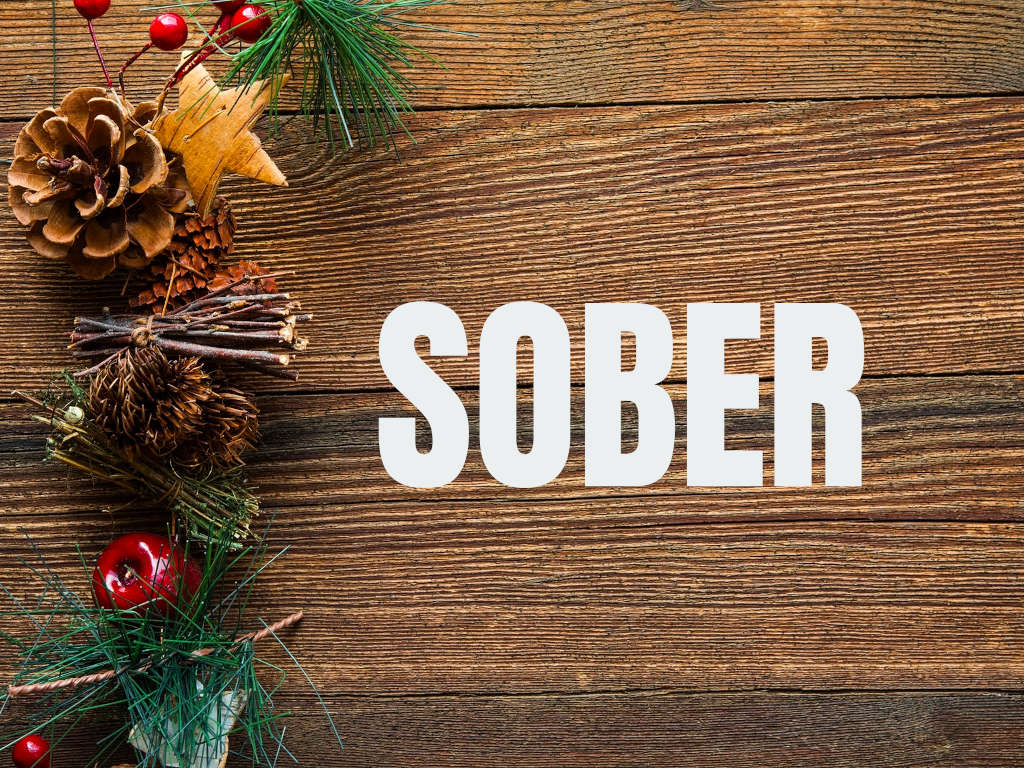Substance Use Disorder
Ready to Take the Next Step?
We are Ready to Help, Call Now!
Turning Point of Tampa has helped thousands find recovery. As an in-network facility, we are able and committed to helping you find the life you deserve.
What is a Substance Use Disorder?
A substance use disorder (SUD) is the persistent use of drugs (including alcohol, illicit or prescription drugs) despite substantial harm and adverse consequences.
A substance use disorder causes an intense focus on using a certain substance(s) such as alcohol, prescription drugs, or illicit drugs, to the point where the ability to function in daily life becomes impaired.
Substance use disorders are characterized by an array of mental/emotional, physical, and behavioral problems such as chronic guilt; an inability to reduce or stop consuming the substance(s) despite repeated attempts; driving while intoxicated; and physiological withdrawal symptoms
Substance Use Disorder Treatment at Turning Point of Tampa
The comprehensive alcohol and drug dependency programs at Turning Point of Tampa combine intense therapy and compassionate care with the 12-Step model for addiction treatment. Over the last three decades we have helped thousands of clients change the course of their lives by developing the coping skills needed to maintain abstinence from mood-and mind-altering substances.

Treatment facilities like Turning Point of Tampa provide individual care with participation in group therapy sessions and educational lectures. We help clients understand drug addiction as well as the underlying issues that accompany it.
At the core of Turning Point of Tampa’s programs is the concept of creating a safe and stable environment where each client can begin to develop the life skills necessary for long-term recovery.
There are a multitude of treatment options available for each person who comes to our facility. In our program, clients take part in a carefully planned routine to help them leave behind the chaos of their addiction and build a structured, meaningful life, while staying drug free.
Commonly Abused Drugs
Alcohol
An alcohol use disorder is the inability to control drinking due to both an emotional and physical dependence on alcohol. Symptoms include a strong urge or need to use alcohol.
Those with alcohol use disorder may continue to use alcohol even when it causes problems, have problems controlling their drinking, or have withdrawal symptoms when they quickly decrease or stop drinking.
Opioid Painkillers
Opioids are prescribed to treat pain. With prolonged use, pain-relieving effects may lessen, and pain can become worse. In addition, the body can develop dependence.
Opioid dependence can cause withdrawal symptoms, which makes it difficult to stop taking them. Addiction occurs when dependence interferes with daily life.
Methamphetamine, Cocaine and Other Stimulants
Stimulant use disorder is a type of substance use disorder that involves using stimulants for recreational purposes or non-medical use. It is defined in the DSM-5 as “the continued use of amphetamine-type substances, cocaine, or other stimulants leading to clinically significant impairment or distress, from mild to severe.
Marijuana
Marijuana is derived from the cannabis plant. Hashish is another form of marijuana that comes from the compressed resin of cannabis flowers. Both of these drugs can vary greatly in quality and potency, marijuana and hashish both affect the central nervous system.
Common effects of these drugs include visual tracking, impacts to coordination, and the ability to concentrate. Blood-shoot eye, increased heart rate and blood pressure are also common.
Inhalants
Inhalants are volatile chemical substances that produce vapors that, when inhaled, can induce psychoactive, or mind-altering, effects.
Unlike some other drugs, these products are not intended for human consumption but are used because they are widely available and can be legally purchased. Some common inhalants include glue, “whip-its” (nitrous oxide found in whipped cream cans), cleaning products (such as computer dusters), and lighter fluids.
Hallucinogens
Hallucinogens are psychoactive drugs that can cause hallucinations by altering sensory perceptions to varying degrees. PCP, LSD, psilocybin (mushrooms), and peyote (a cactus plant containing mescaline) are some of the most used hallucinogens.
Some common effects of hallucinogens include hallucinations of sights and sounds, disorganized thoughts, blurry vision, dizziness, loss of coordination, nausea, vomiting, and increased heart rate and blood pressure. Hallucinogens are also known to incite anxiety and paranoia.
In some cases, this acute anxiety can lead to risky behavior that causes injury. Hallucinogen abuse can also lead to acute depression and other mental health conditions, especially among individuals with underlying mental health challenges.
What is Substance Abuse?
Substance abuse is the medical term used to describe a pattern of using a substance (drug) that causes significant problems or distress. This may be missing work or school, using the substance in dangerous situations, such as driving a car. It may lead to substance-related legal problems, or continued substance use that interferes with friendships, family relationships, or both.
DSM 5 Criteria for Substance Use Disorders
The Diagnostic and Statistical Manual of Mental Disorders (DSM–5) was developed by the American Psychiatric Association (APA). The DSM-V or DSM-5 is the American Psychiatric association’s most comprehensive list of mental diagnoses including addiction, anxiety depression and substance use.
The Diagnostic and Statistical Manual of Mental Disorders (DSM 5) criteria for substance use disorders are based on decades of research and clinical knowledge. This edition was published in May 2013, nearly 20 years after the original publication of the previous edition, the DSM-IV, in 1994.
In the DSM-5, the term drug addiction is synonymous with severe substance use disorder.
Recreational and Illicit Substance Use
Taking drugs recreationally even in smaller doses, can cause damage or result in a substance use disorder. Most drugs considered to be recreational include opium, alcohol, nicotine, marijuana caffeine and hallucinogenic mushroom. Hallucinogens disperse and intensify sensations, but the actual effect is variable and extremely unpredictable.
Many recreational drugs are considered as “natural” because they are close to plant origin. They contain a combination of low-concentration psychoactive compounds instead of one isolated, better-concentrated drug that is used for treatment. Problems of drug use affect many socio-economic groups. While illegal drugs are problematic on a legal standpoint, they do not always result in a substance use disorder.
How Do Substance Use Disorders Effect Men and Women?
A substance use disorder is a disease that affects both men and women, but it does have different effects on each. Men who have substance use disorders, especially those who were alcoholics before the age of 15 or those who drink heavily for more than 25 years, are more likely to develop liver disease. Women may be more likely to develop mental health problems as a result of an addiction.
Veterans Addiction Assistance
Treatment for Veterans & Active Duty Service Members

Preferred Provider of The Community Care Network
What are the Symptoms of a Substance Use Disorder?
A substance use disorder is the inability to control the intake of specific substances and is often characterized by a lack of control and indefinite use.
The symptoms of a substance use disorder can vary from person to person. However, there are some common symptoms that people with the condition typically experience such as:
- Issues with relationships or social life due to substance use
- Sensation of withdrawal when not using the drug
- Lack of self-control with recreational drug or alcohol intake
- Willpower loss
- Using drugs or alcohol during physically hazardous situations (eg, when driving or in dangerous social circumstances).
- Spending a good deal of time getting the drug, using the drug or recovering from the effects of the drug
- Failing in your attempts to stop using the drug
- Continuing to use the drug, even though you know it’s causing problems in your life or causing you physical or psychological harm
- Physical dependence on drugs due to long term, high dose usage
- Doing things to get the drug that you normally wouldn’t do, such as stealing
- Driving or doing other risky activities when you’re under the influence of the drug
- Experiencing withdrawal symptoms when you attempt to stop taking the drug
How do Drugs Affect the Brain?
Drugs can affect your brain in many ways. The activation of the brain’s reward system is central to problems arising from drug use. The rewarding feeling that people experience as a result of taking drugs may be so profound that they neglect other normal activities in favor of taking the drug.
They can cause you to feel happy, high, or content. Drugs also affect the brain by changing how it thinks, feels, and acts. And they can change long-term behavior and memory formation.
There are different types of drugs that do different things. Some drugs cause temporary effects while some can cause long-term effects on the brain and body. There are also some drugs that people think are safe but really aren’t because they’re addictive or even deadly when taken with other substances like alcohol.
Substance Abuse and Mental Disorders
It is common for individuals to suffer from a mental disorder or mental illness in combination with substance related disorders. Many individuals who develop substance use disorders (SUD) are also diagnosed with a mental health disorder, and vice versa.
Multiple national population surveys have found that about half of those who experience a mental illness during their lives will also experience a substance use disorder and vice versa.
What is Dual Diagnosis?
The term dual diagnosis describes someone who suffers from both a substance use disorder and another type of psychiatric illness. This condition could include depression, post-traumatic stress, bipolar disorder, ADD or ADHD, or any of a number of other mental health or behavioral issues.
For more information on illnesses that often accompany a substance use disorder, visit the Substance Abuse and Mental Health Services Administration website by clicking here.
Withdrawal Symptoms
Individuals who are dependent on alcohol may experience some of the following distressing drug or alcohol withdrawal symptoms when trying to quit:
- Elevated blood pressure
- Seizures
- Nausea/vomiting
- Racing pulse
- Sweating
- Insomnia
- Drug overdose
- Hallucinations
- Tremors
- Anxiety
- Agitation
- Headache
- Sweating
Causes of a Substance Use Disorder
The causes of a substance use disorder are not known. Genes can affect the response of an individual to the drug treatment and the effects of peer pressure emotions and environmental stress. Children whose parents used drugs growing up show a higher risk for developing a substance problem later in life for both genetic and environmental reasons.
There are multiple stages of drug abuse that can induce addiction. Stages range from depression to attention deficit disorder to post-traumatic stress disorder to deteriorating self-esteem.
Risk factors
Anyone can become addicted to drugs or alcohol regardless of age or marital status. Certain factors can impact the speed with which one can develop an addiction.
Environmental factors, such as stress or trauma, can cause genetic changes that are passed down through generations and may contribute to the development of a mental disorder or a substance use disorder. Mental disorders can contribute to substance use and SUDs.
Substance Use Disorders in the United States
The National Survey on Drug Use and Health estimates that about one in every twelve Americans over the age of 12 who are not institutionalized have a substance use disorder. In 2017, roughly 7% of Americans aged 12 or older was diagnosed with a SUD in the past year.
Rates of alcohol use disorder in the past year were just over 5%. Approximately 3% of people aged 12 or older had an illicit drug use disorder. It is one of the most prevalent chronic medical issues in the United States.
It can be difficult to determine the exact number of individuals diagnosed with a substance use disorder, because not everyone will admit they have a problem. The best way to determine this is by conducting research on how often that person uses drugs, what their mood is like when they are high or drunk, if they have legal issues because of drug use, etc.
The National Institute for Drug Abuse defines addiction as “a chronic brain disease that causes compulsive drug seeking and use despite harmful consequences”. There aren’t any known cures for substance abuse disorder but there are methods of treatment.
Treatment for Substance Use Disorders
Getting help for a substance use disorder or other addictive disorders is possible with the right team of health care providers. Treatment often includes counseling, support groups and a 12-step program.
By combining individual care with participation in group therapy sessions and educational lectures, Turning Point of Tampa helps clients understand their illness as well as the underlying issues that accompany it.

Symptoms of Alcohol Withdrawal
The symptoms of alcohol withdrawal can range from mild to serious. The severity of withdrawal depends on how much alcohol is consumed and for how long. Mild symptoms can include tremors, headaches, anxiety, nausea, hallucinations, and seizures.

Lorazepam
Lorazepam is a benzodiazepine. Lorazepam is used to treat anxiety disorders. It is thought that benzodiazepines work by enhancing the activity of certain neurotransmitters in the brain.

Clonazepam
Clonazepam is a benzodiazepine. It is approved for the treatment of panic disorder (with or without agoraphobia), as well as certain types of seizure disorders. Benzodiazepines are also commonly used to treat alcohol withdrawal and sleep disorders.

Bulimia
Bulimia is a potentially life-threatening eating disorder. People with this condition binge eat. They then take steps to avoid weight gain. Most commonly, this means vomiting (purging). But it can also mean excessive exercising or fasting.
Veterans Addiction Assistance
Treatment for Veterans & Active Duty Service Members

Preferred Provider of The Community Care Network
The Point is Recovery PodcastJoin us for conversations with advocates, experts and people in long term recovery as we work to end the stigma that has long plagued addiction & mental health. We are passionate about recovery and are excited to share our experience, strength & hope with you.
Levels of Care
At Turning Point of Tampa we offer a comprehensive continuum of care, including primary and extended care programs, intensive outpatient and weekly aftercare groups.
Residential Treatment Day Treatment Intensive Outpatient Aftercare

